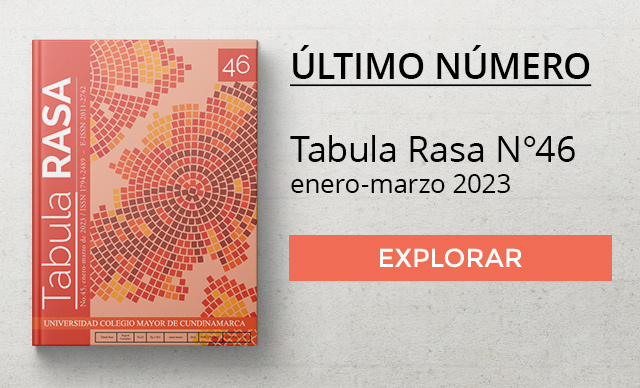https://doi.org/10.25058/20112742.n32.07
Felipe Vander Velden
Orcid ID: orcid.org/0000-0002-5684-1250
Universidade Federal de São Carlos, Brasil
felipevelden@yahoo.com.br
Abstract:
This article discusses one of the foundations behind the so-called wildlife trafficking: the idea that these beings, because of their beauty and rarity, are like ornaments, jewels and precious stones. This comparison seems to be supported by one of the “cultural habits” that would explain the illegal circulation of fauna: the notion that animals adorn houses and backyards. In this sense, these beings, taken from nature, function as living avatars of other valuable materials, in a complex interrelationship between life and death, organic and inorganic which I think structure wildlife movements across the globe. I want to argue that the idea of the animal as jewelry or adornment is not a mere metaphor, which can be seen by its very material effects on these nonhuman existences: their bodies are a form of wealth in which organic and metallic are confused. Here I address some aspects of this particular way to construct materially and conceptually the animal, especially with regard to their circulation through commercial networks.
Keywords: animals, animal trafficking, jewels, mineral, materiality.







